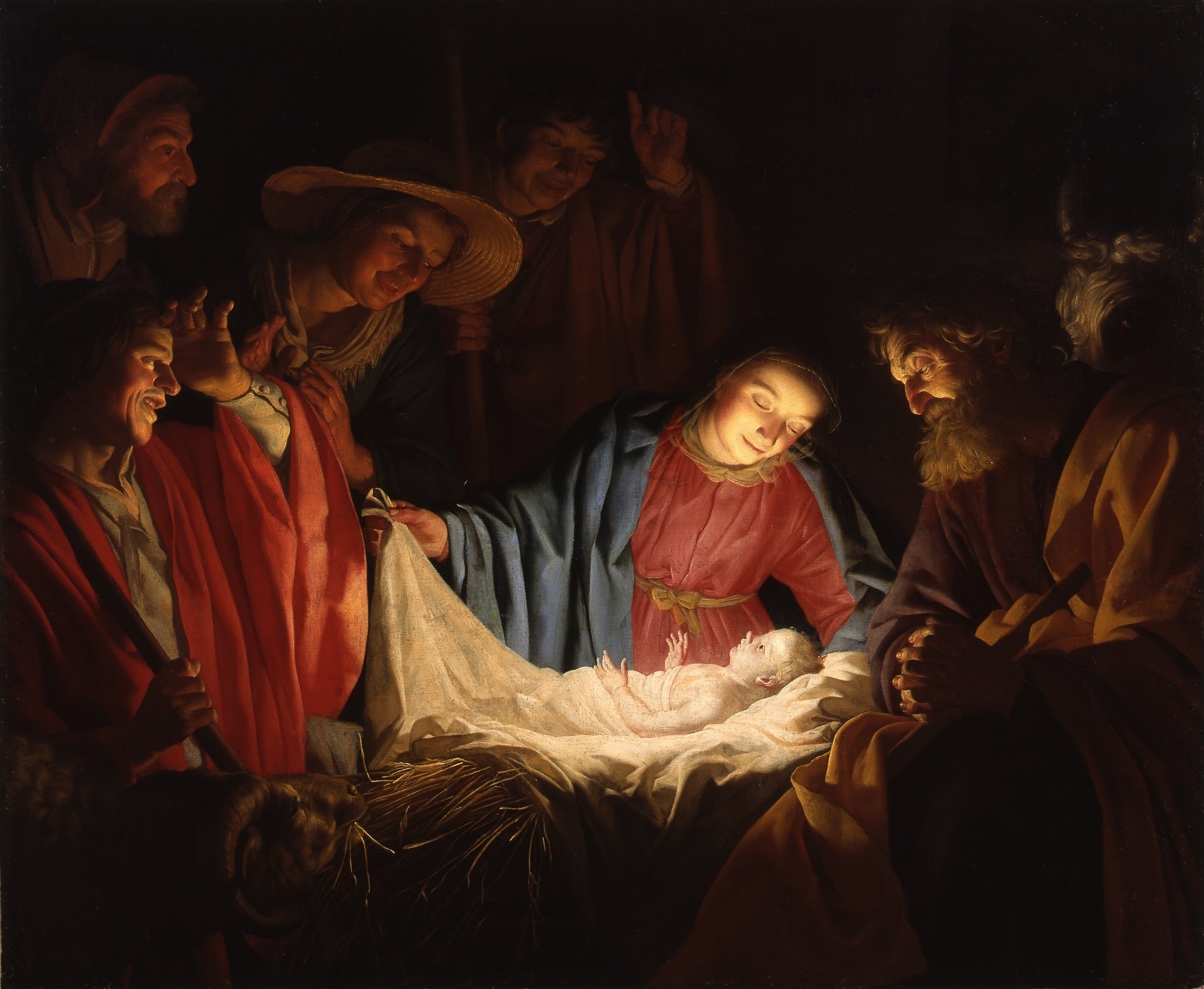Here is a reflection for Christmas by Bishop Michael Smith of Meath, Ireland.
__
The Scripture texts that tell the story of the birth of Jesus take us into an unfamiliar divine world, one featuring annunciation by angels, visions of angelic choirs, people breaking out into canticles of joy and so forth. But along with all this specialness is a lot of ordinariness too. We are told of a young girl Mary who is, at first, “deeply disturbed” (Lk. 29) by what the angel’s greeting could mean. Nor is the honourable and righteous Joseph without confusion (cf. Mt. 1.20). There are government decrees requiring travel at a most inconvenient time; finding no place to stay when the child is about to be born.
These two threads – the marvelous and the ordinary – are woven together in the Scriptures in a way that is surely intentional on the part of the Evangelists, especially St Luke. The divine intervention, the fulfillment of the Hebrew promise, comes about in the ordinary dilemmas of life. But it does so in surprising and unexpected ways. The obstacles and fears – the dropped stitches, so to speak – are eventually picked up and sewn back into a broader divine purpose.
As believers, we all live on a divine promise. We look for the completion of that promise in the reality of our lives and in the communities to which we belong. Yet we find a painful gap between what we expect from the promise and the reality that we see. That reality, all too often, is marred by brokenness and pain. When lives are scarred by sin, when communities are crushed by cruelties and deceit, our faith is challenged to find the harmony between what God has promised and what we see around us.
Let Mary takes us with her to face this challenge of faith. She had much to contemplate as she surrendered herself to God’s will. On two occasions, Luke tells us that even Mary’s faith is shrouded in darkness. The first at the Annunciation; the second when her Son is found in the Temple and His parents “did not understand the meaning of the saying He spoke to them” (Lk. 2:50).
Yet, as Pope Benedict XVI points out, twice Mary kept these words in her heart (Lk. 2:19, 51). Her twice encountered fears are matched by her twice expression of faith. Specifically, she “treasured” and “pondered” and “stored up all these things in her heart”. For Mary, despite the sword that would pierce the very heart in which she stored this treasure, she pondered the divine promise and said yes to whatever God would ask of her.
When Mary and her cousin Elizabeth shared their stories, that was the beginning of the Christian community of faith. Mary is presented as the model of our faith. “Blessed is she who believed that the promise made to her by the Lord would be fulfilled” as Elizabeth had said to her (Lk. 1:45).
Every family is urged by Pope Francis to look to the icon of the Holy Family of Nazareth because its daily life had its share of burdens and even darkness. Like the Magi, our families are invited to contemplate the Child and His Mother, to bow down and worship Him (cf. Amoris Laetitia, 30).
Pope Francis specifically refers to “the treasury of Mary’s heart” (AL 30). In the gap between the divine promise in which we trust and the painful reality in which we sometimes live, all that is stored up in the treasury of Mary’s heart becomes for us the source of our faith. She gathered this treasure from amidst the marvelous and the ordinary. A child is born for us. He is God-with-us. Dominion is laid on His shoulders. He frees us for our sins and directs us in the path of righteousness that leads to peace. Whether wine flowed at Cana or the blood of Her Son was poured forth on Calvary, Mary was there, her steadfastness and fidelity undimmed.
As we draw on the treasury of Mary’s heart – filled as it is with the marvelous and the ordinary – we can make our own her song of joy: “My soul proclaims the greatness of the Lord, my spirit exults in God my saviour” (Lk 1:46-47).



